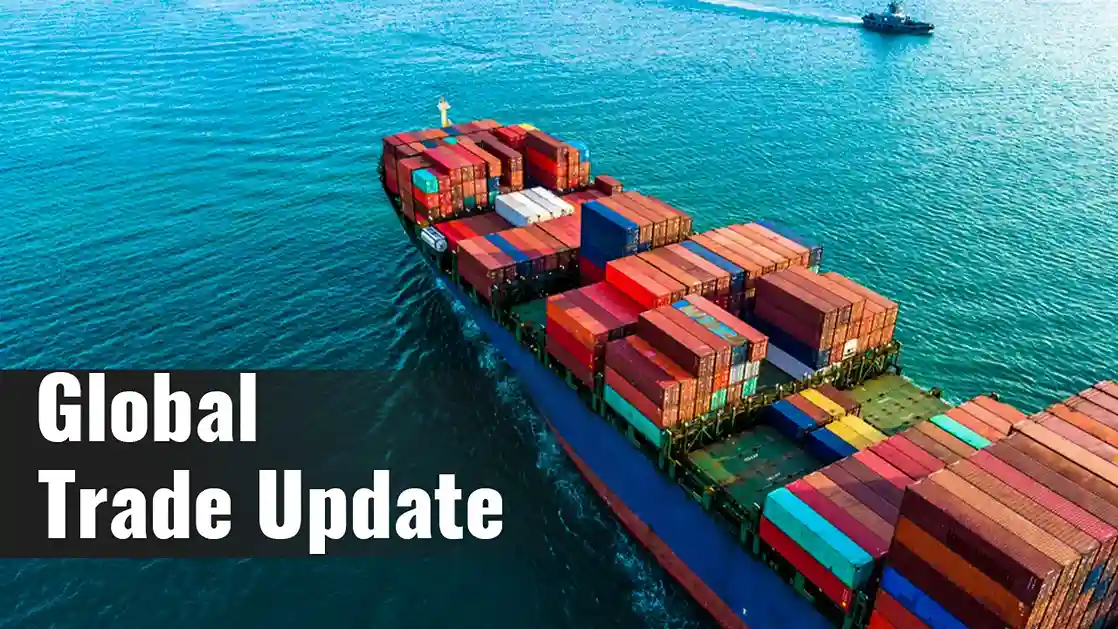In a major decision announced Tuesday, July 8, 2025, President Donald Trump said his administration plans to levy tariffs of as much as 200% on pharmaceuticals imported into the U.S., and implementation of the levies could occur “very shortly” and be implemented after about a yearlong transition period.
This is a provocative initiative to encourage domestic drug manufacturing and lessen dependence on overseas supply chains for national security reasons. The threat sent an immediate chill through the global pharmaceutical industry and led to concerns that there could be effects on drug prices for American consumers.
The Tariff Threat: Details and Context
President Trump directly indicated that his administration would “reshore” the manufacturing of drugs to the United States. At a Cabinet meeting, he announced, “We’ll be announcing something on pharmaceuticals soon.”
He, however, said the tariff would perhaps be set “at a very high rate, like 200%,” and allowed a period of adjustment — “We’re going to give people about a year, year and a half to come in, and after that they’re going to be tariffed if they have to bring the pharmaceuticals into the country.”
This announcement comes after a probe of drug imports was launched in mid-April 2025, according to Section 232 of the Trade Expansion Act, authorising tariffs on national security grounds. US Commerce Secretary Howard Lutnick said investigations into both pharmaceutical and chip imports are set to end at the end of July.
This threat is part of a larger package of recent tariffs declared by the Trump administration – which also includes 50% tariffs on copper imports and a new round of “reciprocal tariffs” on 14 countries – that are set to be implemented on August 1, 2025, unless new trade agreements are negotiated.
Dependence on Foreign Pharmaceutical Supply Chains
The relevance of these suggested tariffs is that the United States is heavily dependent on international supply chains for its medicines. The US pharma industry imports a lot, especially the Active Pharmaceutical Ingredients (APIs) and generic finished drugs. The US imported approximately $234 billion worth of medicinal and pharmaceutical products in 2024.
The largest suppliers include Ireland, Switzerland, Germany, Singapore, and India by value. On the other hand, by value, China and India remain the largest suppliers, with a combined share of 57.6% in the drug import total in 2023. China alone is a major supplier for a number of critical drugs, and most imports for medicines like ibuprofen, hydrocortisone and penicillin rely on the country.
The administration’s justification for these tariffs is a concern that this large reliance on other countries, particularly for life-saving drugs, is actually a major national security vulnerability.
Potential Effects: Prices, Supply, and Industry Reaction
The fallout over the 200% tariff on pharmaceutical imports is feared to be the main drawback. The most immediate and farthest-reaching effect would be a sharp increase in drug prices for American consumers, especially for generic and lifesaving drugs that depend on these imports.
Even if companies can quickly switch to domestic manufacturing or find new, tariff-free sources, such a sharp tariff could also result in widespread supply chain disruptions and exacerbate drug shortages that already plague the United States.
Some drug manufacturers had already started announcing plans for US production ahead of policy changes, albeit before President Trump took office, a trend which these new tariffs are sure to accelerate.
Pharma shares, especially Indian drug makers with a prominent US presence such as Lupin, Sun Pharma and Dr. Reddy’s, closed mixed on Wednesday after the news was reported, reflecting the overall market uncertainty.
Yet moving complex pharmaceutical production would be costly and time-consuming, making it next to impossible for the industry.
Outlook and Policy Path Forward
President Trump’s overt threat to impose steep pharmaceutical tariffs opens a new chapter in his trade agenda, which is set on a sweeping remake of the United States’ drug supply chain.
While the precise extent to which the industry will be affected by any proposed policy remains uncertain, it is undoubtable that the administration’s commitment to increasing domestic pharmaceutical manufacturing and decreasing reliance on exports highlights the urgent need for global pharmaceutical companies to focus on future prospects of the pharmaceuticals in the U.S. market. More on the Section 232 investigation into pharmaceutical imports can be found in this DLA Piper insight.

Leave a Reply